Blogging and Ecommerce: Using Content to Boost Conversions
Written by
Editorial TeamPublished on

In ecommerce, content marketing is often seen as a practical method for increasing SERP visibility, driving website traffic, engaging social media followers, boosting brand authority, and generating viable leads.
However, the one commonly overlooked benefit of a quality-driven content marketing strategy is its role in boosting ecommerce conversions.
Well-produced content allows brands to communicate value, create markets for their products, boost customer loyalty, encourage higher AOVs, and enrich customer experience. So, it’s well worth taking a closer look at how you can use content to inspire conversions in your ecommerce store and elevate the ROI you gain from the posts you publish.
Introduce your products subtly, logically, and naturally
Whether the majority of the traffic on your ecommerce site is organic or paid, you have to understand that the best way to turn visitors into customers isn’t to present them with hard sells the moment they’ve landed on your website.
Aggressive sales tactics are not only seen as outdated and distasteful in 2022. Moreover, scientific research shows that (despite their short-term results) they actually hurt customer satisfaction and brand trust.
So, it’s only natural that you should look for ways to avoid these sales methods on your website. And, as it turns out, content may just be the alternative you need.
Because content allows you to introduce your products with subtlety, in logical places, and without coming off as too sales-y, it’s the ideal tool for nudging consumers towards a conversion without hurting the credibility of your brand.
Of course, to achieve the desired effect, you need to make sure your content is optimised for search intent and provides informational value.
For an excellent example of a blog post that does both, check out the 8-Week Guide to Body Recomposition published by Transparent Labs.
As an incredibly detailed deep dive into body recomposition, this article does a superb job of giving readers lots of value. But where it excels is introducing the brand’s products in a logical and non-intrusive way.
Note how the word count dedicated to Transparent Labs’ product is less than 2% of the total body of the article. And while this may seem like too little to inspire conversions, it’s actually quite effective.
Ultimately, the point of the article is to establish the brand as a reliable source. So, by avoiding the aggressive sales pitch, Transparent Labs effectively avoids coming off as pushy and ensures that readers stay around on the page, gain value from reading the article, and remember the brand as a trustworthy organisation on whom they can count to deliver quality.
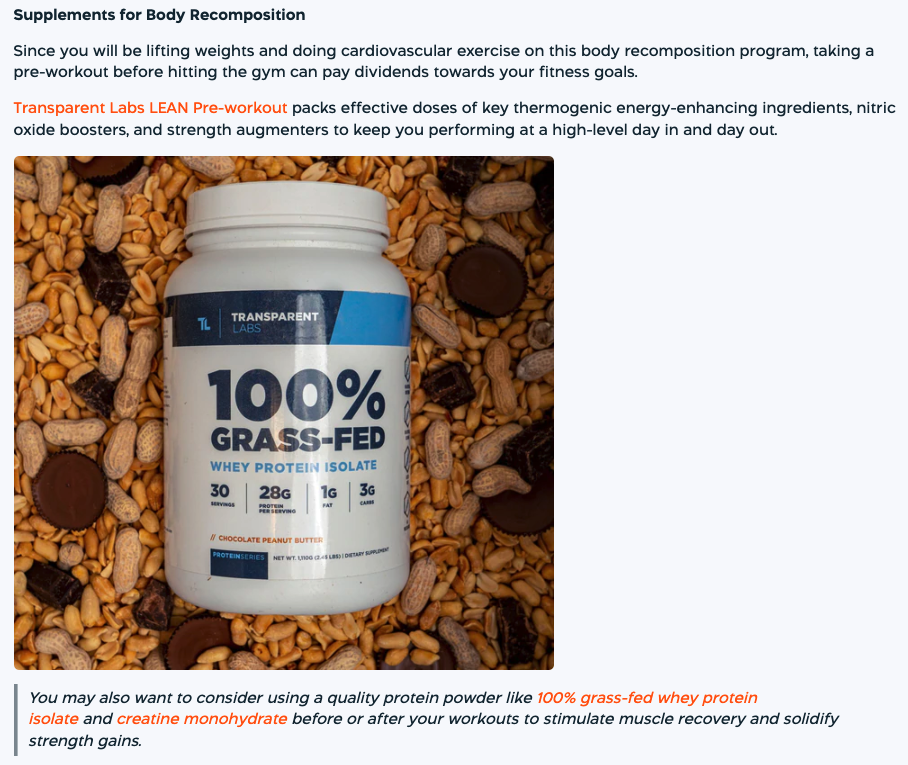
Source: transparentlabs.com
Of course, when using content marketing to subtly introduce your product, you don’t have to write articles as long as the one above. In fact, you could do just as good of a job by giving readers straight and uncomplicated answers to their questions as done on the Square Mile Coffee Roasters blog.
As you can see from the example below, the brand’s products aren’t directly discussed in the body of the article. However, they are introduced in the new product suggestion section of the page, where readers are sure to notice them but won’t feel pressured into purchasing.

Source: squaremileblog.com
Help customers get the most value out of their purchase
Another excellent tactic for using content to boost conversions in your ecommerce store is to focus your attention on improving the customer experience.
When shopping nowadays, most consumers prioritise three things:
- Convenience and efficiency.
- Availability (with 25% of people choosing to stock up on their favourite pantry items to combat being impacted by out-of-stocks).
- Price and value (with 69% of buyers actively seeking the best deal when shopping online).
So, considering that 7 in 10 people will want to get the best value from their investment, it’s not a bad idea to look for ways to use content to educate your potential customers on how to get more out of their purchases.
For an example of what you can do, take a look at the Sola Wood Flowers website. You’ll see that this brand publishes easy-to-follow tutorials that teach buyers how to craft breathtakingly beautiful bouquets using the company’s kits.
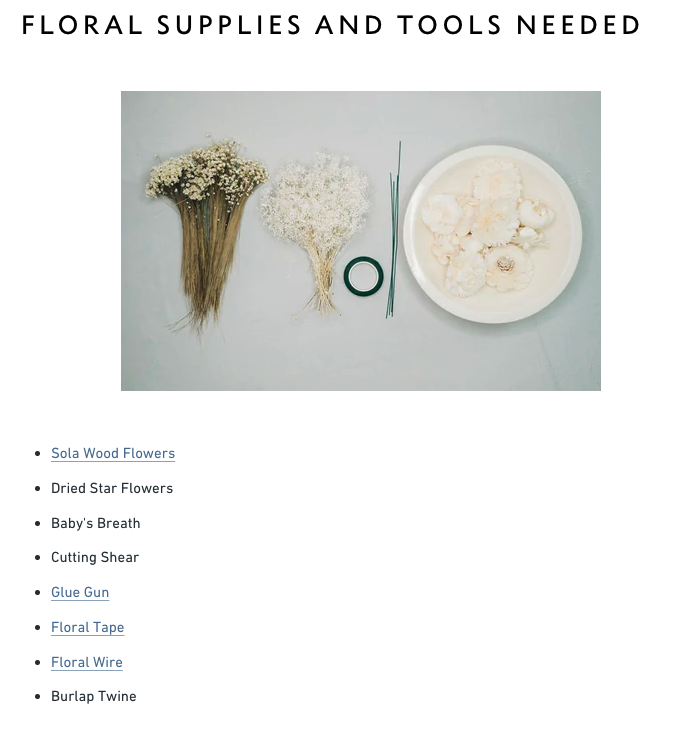
Source: solawoodflowers.com
Note how the brand utilises images to make the instructions clear. And check out how it links to related articles from its knowledge base, ensuring that every buyer has the information they need to create their dream bouquet.
While this approach may not directly influence conversions, it does a tremendous deal to ensure a fantastic customer experience. This, in turn, positively impacts the brand’s reputation, which is key to attracting new potential buyers and getting them to convert.
Another way you could help your customers get value out of their purchase is to publish blog posts that will help them keep and use their purchased products for a longer time. This is what Red Wing does with its Care Guides, where it takes customers through the shoe cleaning and conditioning process with one-minute videos that answer customer questions regarding shoe care.
This is an excellent way to use content to boost conversions. Firstly, the videos educate buyers on how to take care of their boots (and enjoy the longevity-based benefits the brand promises to deliver). On top of that, they tell Red Wing shoe owners precisely what types of products they’ll need to clean and protect their boots. Now, that’s an excellent implementation of the cross-selling technique that doesn’t come off as aggressive or alienating.
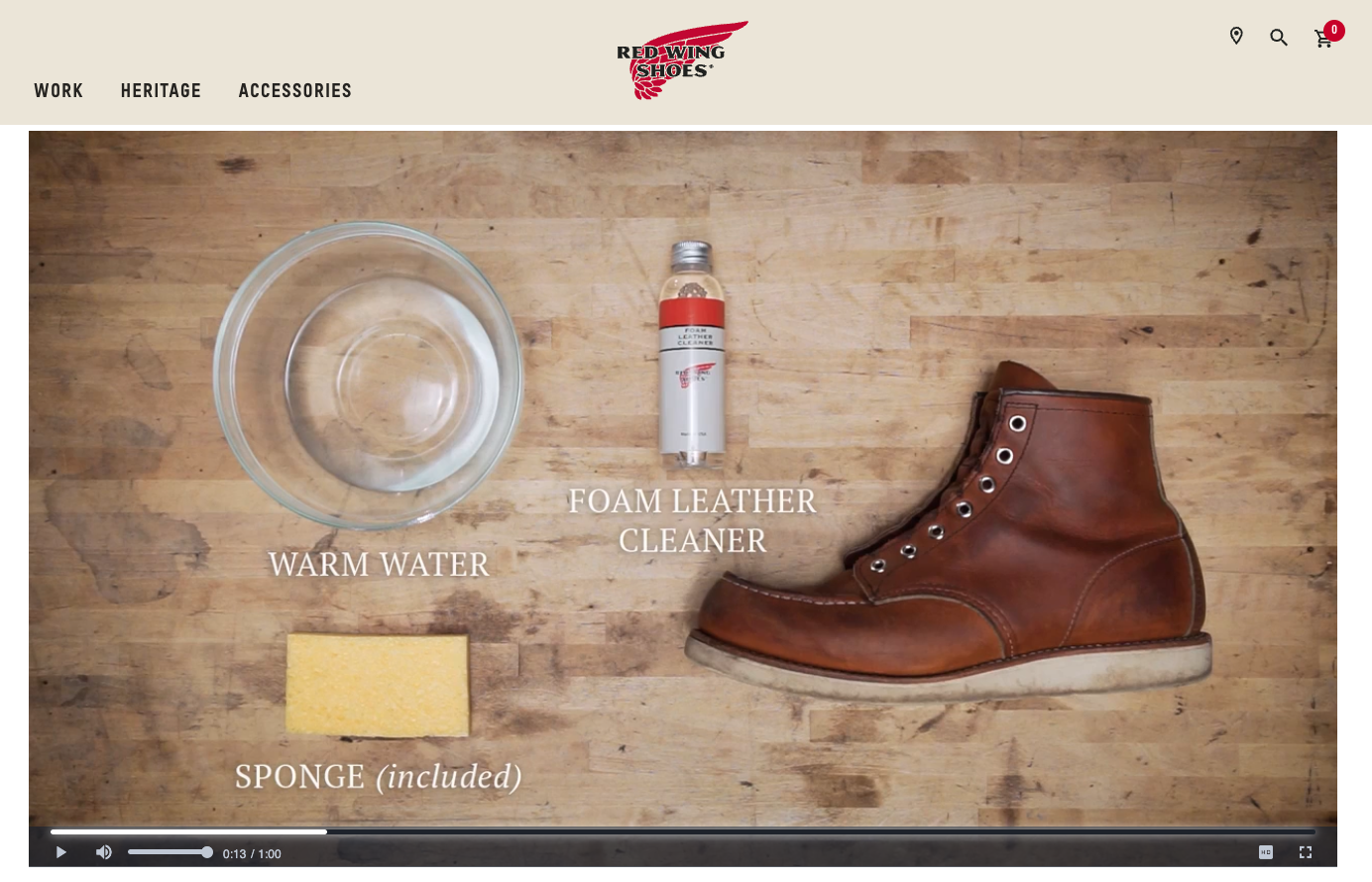
Source: redwingshoes.com
Promote cross-selling with helpful product reviews
Product reviews and round-ups are excellent formats to invest in because they’re perfectly optimised to meet the needs of consumers in the low stages of the sales funnel (as well as those who have already made a purchase). So, by publishing this type of written content, you can effectively help your target audience choose the best accessories that will increase the value they receive from their main product.
To see this strategy in action, check out the Gili Sports blog. In the SUP expert advice section, Gili presents new paddle-board owers with a round-up of products which help readers:
- Improve their paddleboarding technique.
- Get more out of their newly purchased boards. And,
- Make the entire stand-up paddleboarding experience more enjoyable.
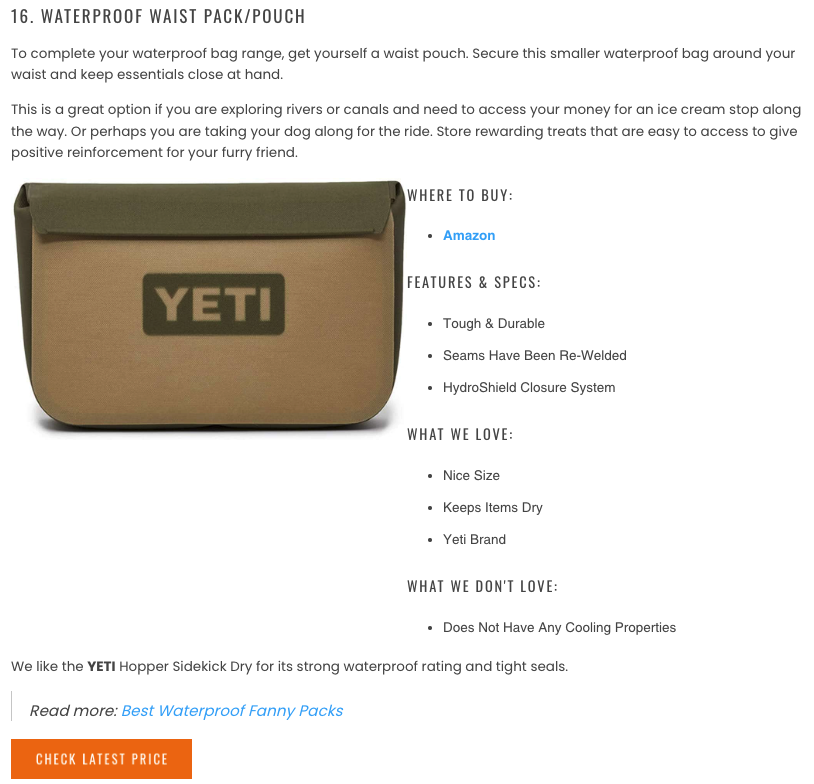
Source: gilisports.com
What’s great about this particular article is that each item description includes a “What we love” and “What we don’t love” section. This increases transparency and ensures that readers have all the necessary information before committing to a purchase.
Sure, it’s a tiny detail. However, it’s definitely worth adding to your product review articles, as it will significantly improve the entire buying experience and boost your brand’s reputation as a trustworthy source of information.
Support the market for your product
Sometimes, the best way to use content to boost conversions in your ecommerce store is not to write about your products at all but to publish articles that benefit your customers.
When your business operates in a specific industry niche, and your products address very specific pain-points getting sufficient website traffic can be challenging. After all, it’s possible that the number of people searching for the products you sell won’t be enough to keep your business afloat.
However, by developing a content marketing strategy that focuses on solving the pain points of your target audience, you can effectively grab your potential buyers’ attention. Moreover, you can establish your brand as trustworthy and subtly nudge web visitors towards the consideration stage of the sales funnel, even when they’re just entering the awareness stage of the buyer’s journey.
An excellent example of a business doing just this comes from Kuru Footwear. The niche footwear company has published an entire series of posts that directly addresses the very specific needs of people experiencing the symptoms of foot disorders and injuries.
By publishing content that is laser-focused on disorders like plantar fasciitis, the brand is able to effectively support the market for their unique products in a way that a broader topic of posts wouldn’t be able to.
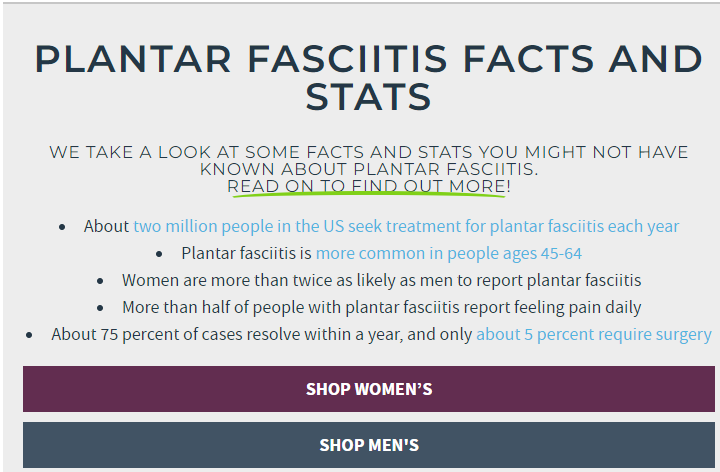
Source: kurufootwear.com
For an alternative approach to creating interest in your market and product, you could substitute educational content with case studies, as done on the Herman Miller website.
As you can see in the screenshot, this type of content still introduces readers and viewers to new concepts. However, it does so based on real-life examples, which is more relatable to the brand’s target audience. It also performs better in terms of inspiring action and, consequently, positively impacting conversion rates.
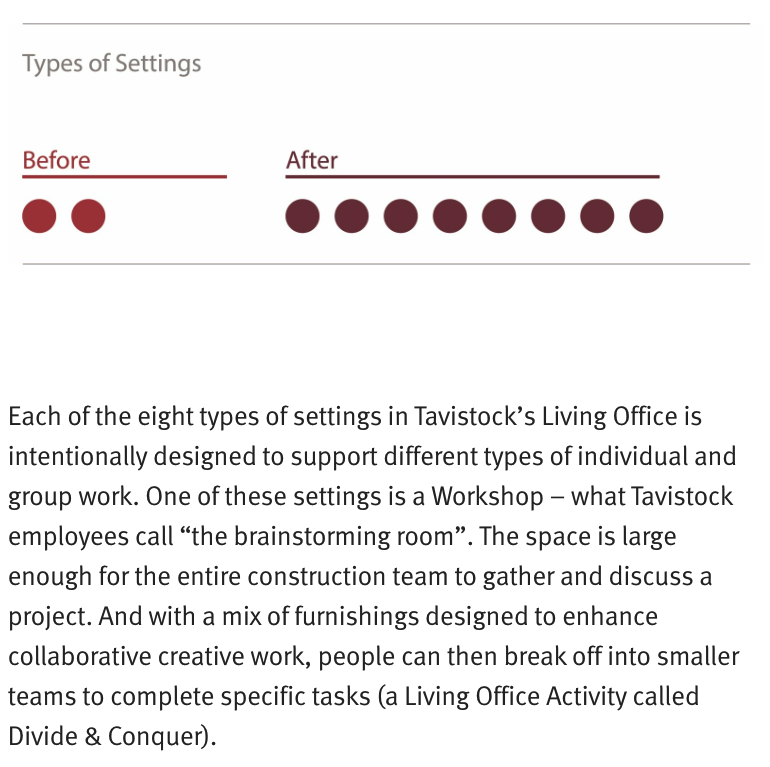
Source: hermanmiller.com
Help your customers find the product that’s right for them
Finally, if you’re looking for effective ways to use content to boost conversions, don’t forget that the best way to support potential buyers is to make the shopping process easy. Especially knowing that frustrating online shopping experiences cause people to abandon their carts and give up on their purchases.
But what are the best ways to remove these frustrations in your ecommerce store? And how does content tie into the conversation?
Well, one excellent way to utilise content on your website is to help your customers find the right products for their needs.
You’re very likely to be doing this already with in-depth product descriptions and the use of social proof. However, you can also take things further in your blog section.
Product comparisons, like this adjustable beds one from Sleep Junkie, are the perfect instance of content that empowers shoppers by providing them with valuable information.
Note how the brand uses headings to attract reader attention and drive buying decisions. Each one mentions a specific consumer need, like entertainment or game improvement. By doing this, the brand, essentially, makes it easier for readers to zoom in on their area of interest and shortens the time it takes for people to decide on an item they wish to purchase.
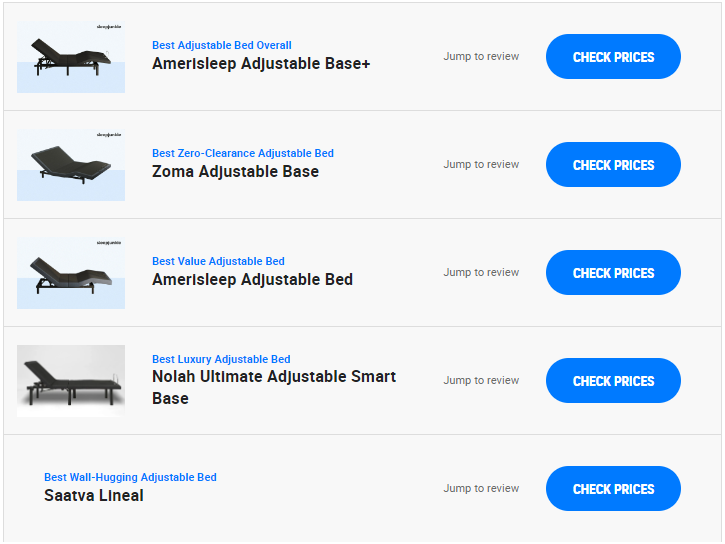
Source: sleepjunkie.com
Of course, if you have the means to experiment, you could also invest in interactive content and use it as an engaging way to educate your audience (and make their purchasing decisions less frustrating).
This is what Maapilim does with its Skincare Routine quiz, where it asks a few simple questions and then provides web visitors with skincare advice and recommended products.
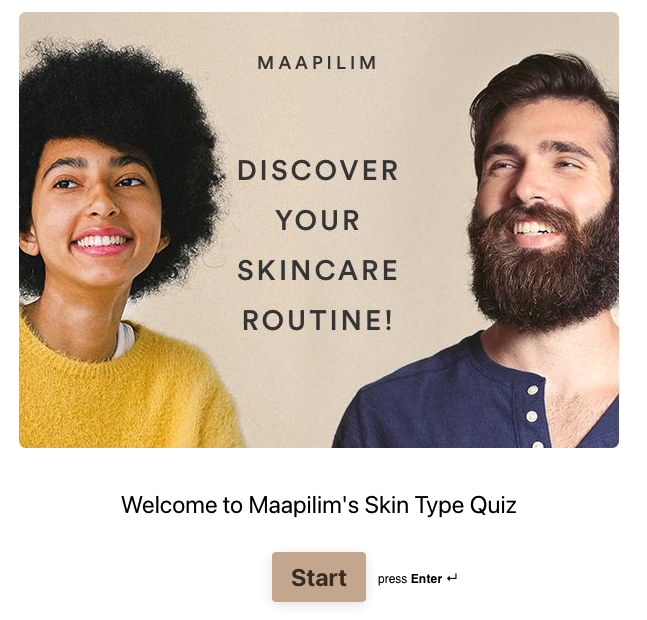
Source: maapilim.com
Final thoughts
Yes, there are numerous benefits to investing time and money into content production. Nevertheless, it’s safe to say that publishing blog articles that boost ecommerce conversions deserves a fair bit of your attention. And that stands whether you’re just launching your business or looking to grow what you’ve created so far.
The strategies discussed in this article are all excellent ways to reach your goals. But don’t forget that growing your business through content marketing won’t happen if your modus operandi is to click publish and then forget all about the article.
Instead, to truly boost conversions and widen your reach with blog posts, make sure you keep actively measuring the performance of your published articles. That way, you won’t just be able to choose and cover topics relevant to your target audience. More importantly, you’ll identify the additional details (like distribution channels and posting times) that will help you stand out amongst your competition and, consequently, profit.


